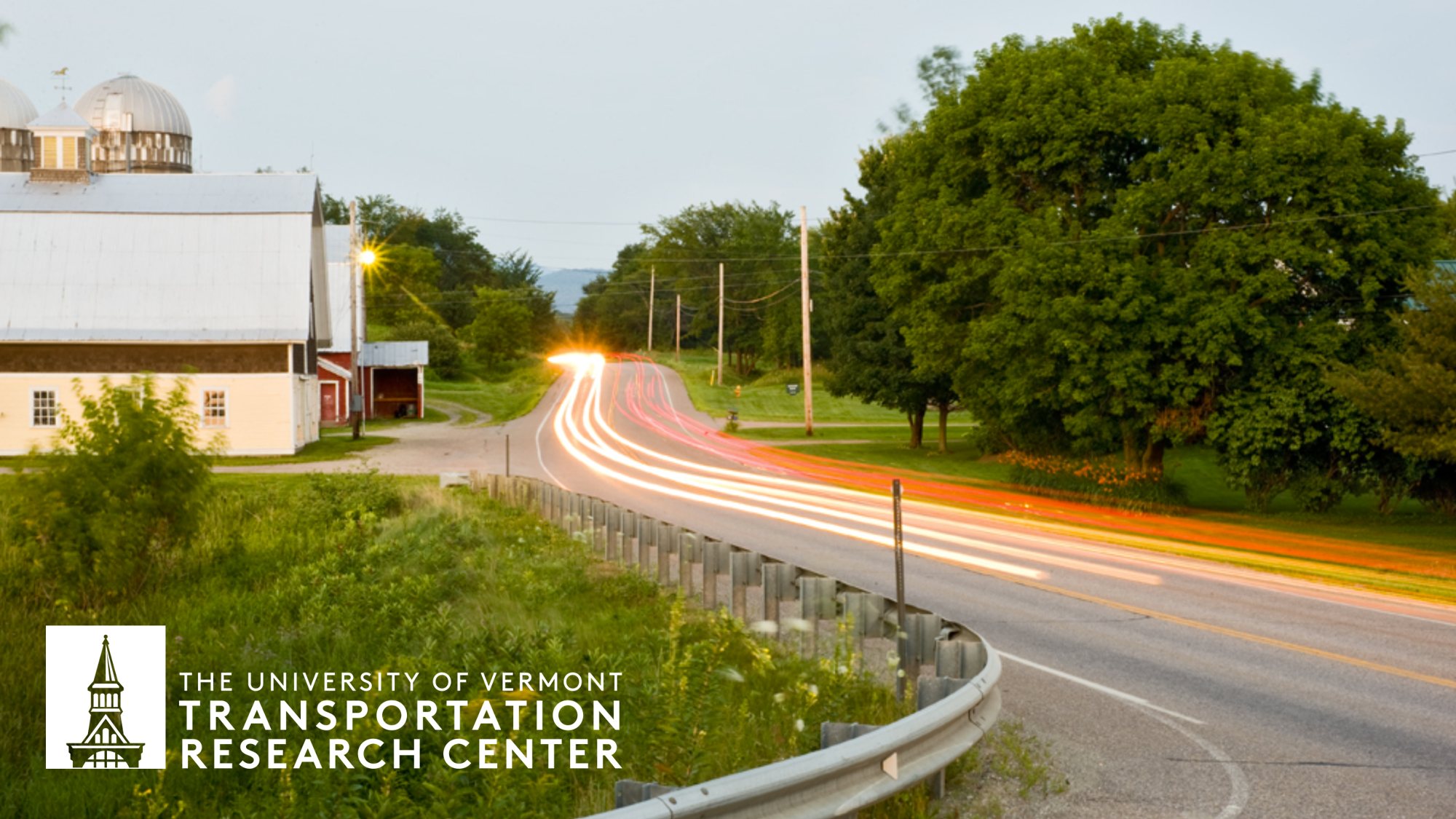
University of Vermont Transportation Research Center
Consideration of Automated Vehicle Benefits and Research Needs for Rural America
Document Type
Article
Publication Date
7-1-2021
Abstract
Safety, mobility, accessibility challenges, and dependence on personal vehicles have long plagued rural transportation systems. Benefits in these areas are widely touted by autonomous vehicle (AV) advocates. Seven mechanisms for AV-induced increases in vehicle miles traveled (VMT) are reviewed here, and five of these mechanisms are expected to have a disproportionately larger impact on rural VMT. There is an almost uniform expectation that AV-related VMT increases must be managed through car-sharing and ride-sharing systems. The landscape of origins and destinations and the total population of rural areas preclude reasonable sharing, and there is a risk of unintended consequences from pro-sharing policies that will limit rural AV adoption or increase unit costs leading to a failure to attain safety and mobility benefits. Designing policies for optimal AV deployment in rural areas requires modeling. This paper outlines five methods that have been used to study VMT changes: travel demand equalization; travel demand elasticity; travel demand models; and stated and revealed preference surveys. The first three suffer from a lack of rural-specific data. Revealed preference surveys are very expensive but may be worthwhile given the scope of the potential benefits to a large portion of the country and nearly 20% of its residents. Alternatively, the more cost-effective, albeit biased, stated preference survey might fill the rural AV data gap. Rural data are essential to inform policy design because rural areas will experience different AV benefits and impacts than are seen in urban areas.
Recommended Citation
Dowds, J., Sullivan, J., Rowangould, G., & Aultman-Hall, L. (2021). Consideration of Automated Vehicle Benefits and Research Needs for Rural America. Prepared by the University of Vermont Transportation Research Center for the National Center for Sustainable Transportation. http://dx.doi.org/10.7922/G2B27SKW Retrieved from https://escholarship.org/uc/item/4v25q5n9
DOI
10.7922/G2B27SKW

